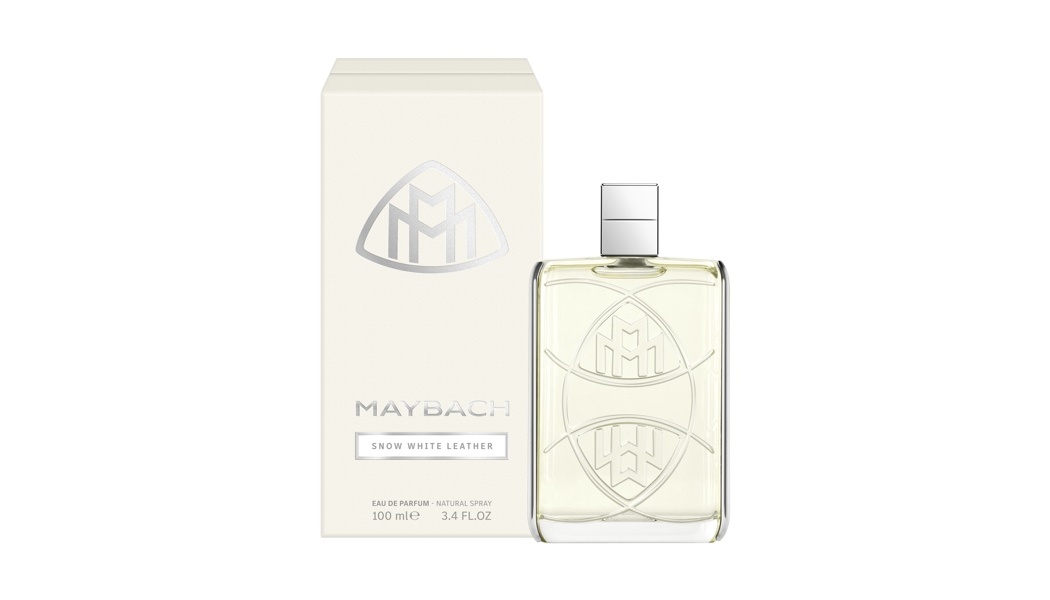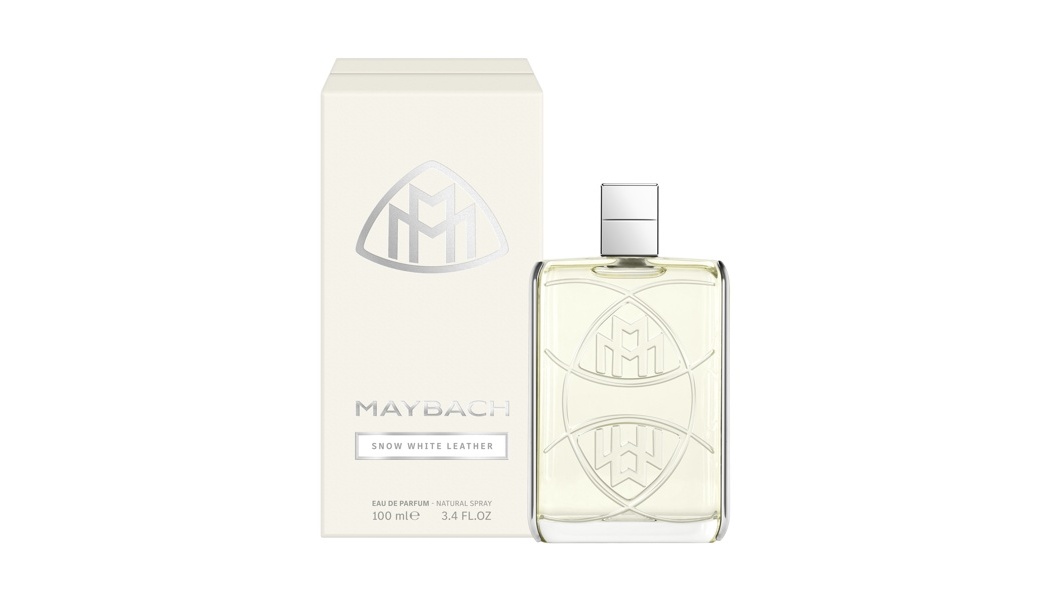Efficient and Stable Organic Solar Cells Achieved by Synergistic Optimization of Extended End‐Capped Groups and Fluorinated Quinoxaline Central Cores in Nonfullerene Acceptors
Advanced Energy Materials, Volume 15, Issue 12, March 25, 2025.

Four quinoxaline-fused-core-based nonfullerene acceptors are synthesized by extending the π-conjugated backbones and halogenated substitution modification. Stronger crystallization and donor–acceptor interactions arising from larger localized dipoles and higher electrostatic potentials, respectively, led to superior blend film morphology, resulting in efficiencies of 18.75% and 19.48% in binary and ternary organic solar cell devices with outstanding thermal stability.
Abstract
Molecular stacking behavior exerts a significant influence on the blend film morphology of organic solar cells (OSCs), further affecting device performance and stability. Modulation of the molecular structure, such as central unit and end-group, can profoundly impact this process. Herein, four quinoxaline (Qx)-fused-core-based non-fullerene acceptors (NFAs), Qx-N4F and Qx-o/m/p-N4F are synthesized combining π-extended end-groups and optimized central units. The isomeric fluorinated central units lead to changes in the local dipole moments and electrostatic potential distribution, which influences the molecular stacking pattern and photoelectronic properties of NFAs. Consequently, binary and ternary devices based on PM6:Qx-p-N4F achieve superior power conversion efficiencies (PCE) of up to 18.75% and 19.48%, respectively. Grazing-incidence wide-angle X-ray scattering (GIWAXS) characterization reveals Qx-p-N4F's stronger crystallinity, aggregation, and donor–acceptor interactions, which can separately enhance short-circuit current density (J SC) and fill factor (FF) through higher phase purity and tighter molecular stacking based on maintaining more donor–acceptor interfaces. Furthermore, PM6:Qx-p-N4F-based devices demonstrate exceptional thermal stability, retaining 93.2% of the initial PCE value after 3000 h of heating due to the best morphological stability with the most stable stacking structure. These results underscore the significance of synergistic optimization of NFAs through conjugation expansion and halogenation substitution for obtaining efficient and stable OSCs.









































































































































































.jpg)






